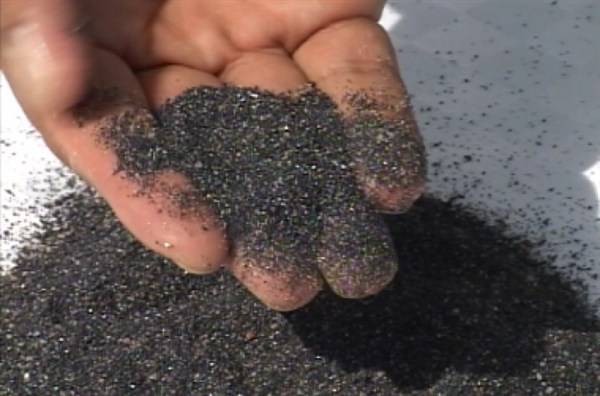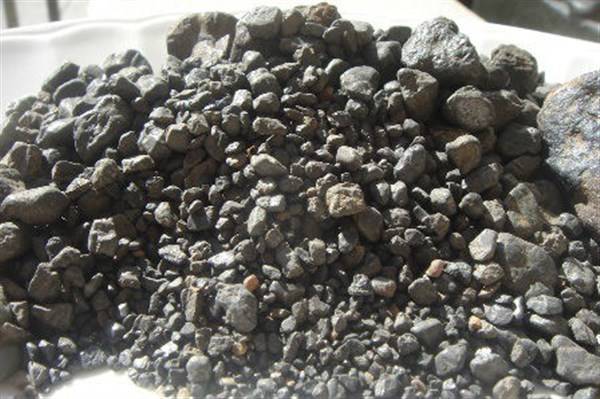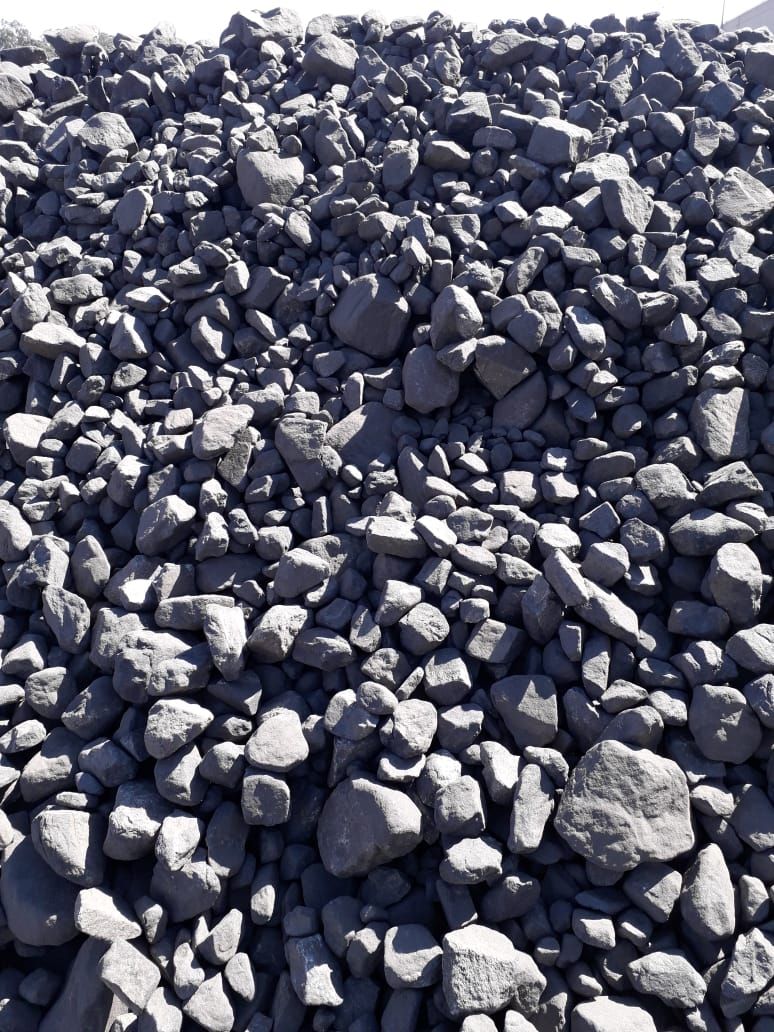Tantalum
Tantalum (Ta) is an unsung hero in modern metallurgy. First discovered by the Swedish chemist Anders Ekeberg in 1802, this versatile metal has become essential to numerous industries over the years.
Raw tantalum rarely occurs in nature. Instead, it is typically found in the ore columbite-tantalite (usually referred to as coltan). Once extracted, pure tantalum is a hard blue-gray lustrous metal.
Since its discovery, tantalum has been used in a number of applications. In the 21st century, it has become a crucial element in the electronics industry, with over 75% of electronics containing tantalum in some form. In particular, engineers have been able to take advantage of some of tantalum’s properties to make capacitors and other components smaller and more efficient.
Properties of Tantalum
Tantalum has several unique characteristics that have led to its increased use in the 21st century. It is a highly stable metal that is almost immune to chemical degradation at temperatures lower than 302 °F (159 °C). In addition, it exhibits high levels of corrosion resistance when it comes into contact with air and moisture.
Like most metals, tantalum forms a thin but dense protective oxide layer (Ta2O5) when exposed to the atmosphere. This oxide layer firmly adheres to the surface of the metal, acting as a barrier which protects the underlying metal from further corrosion.
Tantalum belongs to a class of metals known as refractory metals, which are defined by their strong resistance to heat and wear. It has a melting point of 5,463 °F (2,996 °C), the fourth highest of all metals.
In terms of mechanical properties, tantalum is highly ductile, making it suitable for processes such as bending, stamping, and pressing. When combined with other metals, it can produce alloys with enhanced strength and higher melting points.
Common Uses of Tantalum
Tantalum is generally used in applications that require increased heat, corrosion, and chemical resistance. Below is a list of the commonly available forms of tantalum and their most common uses.
Sheet/Plate – Tantalum’s high melting point makes it ideal for high-temperature applications. In sheet form, it is commonly used in linings for columns, vessels, tanks, heat exchangers, and vacuum furnace parts. Thin sheets can also be used for anti-corrosion cladding, repairs, and reinforcement of existing Rod/Wire – Tantalum is also known for its biocompatibility. In other words, it is a nonirritating element that is not affected by bodily fluids. This property makes tantalum wires a popular material for prosthetic implants and other medical devices. In addition, tantalum wires are commonly used in vacuum furnace heating elements, chlorinator springs, light bulb elements, and chemical processing equipment.
Powder – In its powder form, tantalum is used to produce electrical circuits, capacitors, and resistors, primarily because its superior capacitance allows it to hold more charge per gram than other materials. This has made it possible to develop smaller electrical parts and, by extension, smaller electrical devices.
Tube – Because of their heightened resistance to corrosion, tantalum tubes are often employed in the chemical, petrochemical, and pharmaceutical industries for the processing of compounds that may weaken or destroy other metals. Columns, stacks, and piping are just some of the products constructed from tantalum tubing in these industries.
Strips and foils – Similar to sheets, tantalum strips and foils can be used as liners in vacuum furnaces and heat insulation applications. Thin-gauge tantalum strips can also be deep drawn to manufacture crucibles, cups, and other inert laboratory equipment.
Aiwu Trading LLC has the corporate and off take agreement with the Tantalum mine located in Zimbabwe and we prepare and provide full set of all necessary required documents needed by End User.


Chromite
Chromite, or chrome as it is commonly known, is one the most versatile minerals that can be found. In its natural form, chromite can be used as a refractory lining for high-temperature furnaces. Once transformed into ferrochrome, it becomes the primary alloy used in making stainless steel. There are many other uses for compounds of the metal in specialty chemicals, although tonnages used are minuscule when compared with those going into stainless steel, and for which there is no substitute.
According to the authoritative US Geological Survey (USGS), global chromite resources are estimated at more than 12 billion tons. 95% is estimated to be located in South Africa and Kazakhstan. This is enough to supply the entire world for three or four centuries at the current annual rate of new mine production. Again, according to the USGS, South Africa produces half of the world's mined chromite and of that the bulk goes to China, the world's leading ferrochrome and stainless steel-maker.
Aiwu Trading LLC has off take agreement with one of the main mine in South Africa to supply the following type of chromite:
- ROM Chromite
- Lumpy Chromite
- Concentrate (42-44%)
We have regular supply of Chromite from South Africa to our client in China and India.
